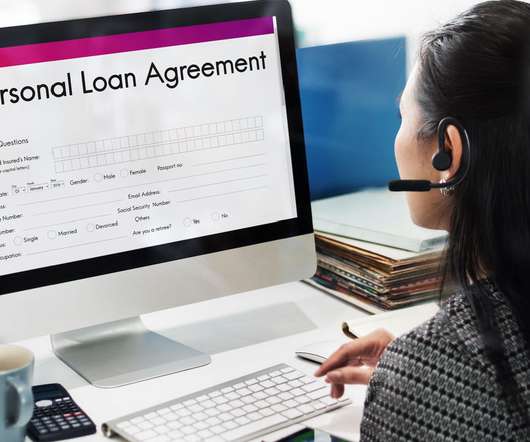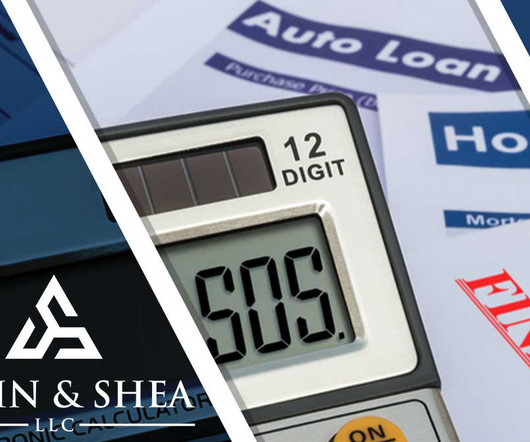What Happens to My Personal Loan After Bankruptcy?
Sawin & Shea
OCTOBER 26, 2022
In order to plan out your financial future, you need to understand the difference between secured and unsecured loans. If you fail to repay an unsecured personal loan, the lender cannot repossess your assets. In addition to unsecured personal loans, there are other types of unsecured debts, such as: Medical bills. Payday loans.











Let's personalize your content